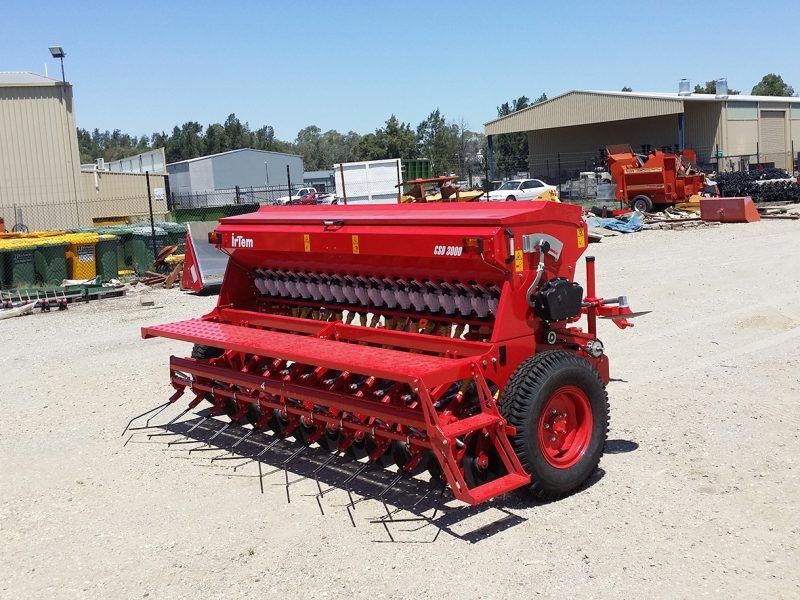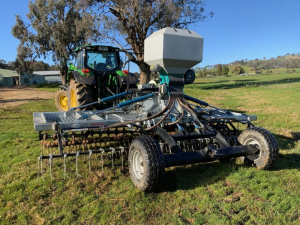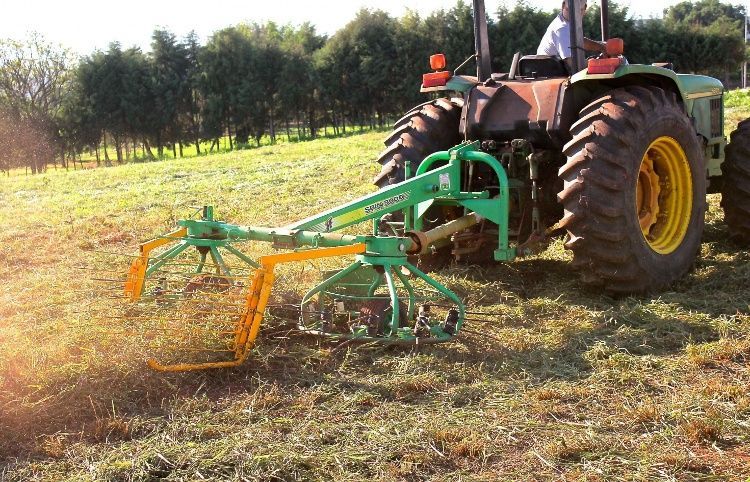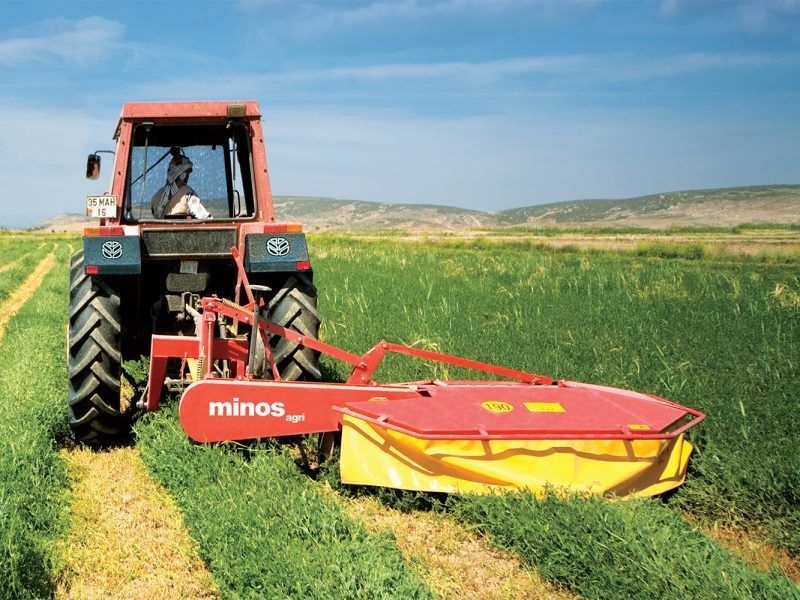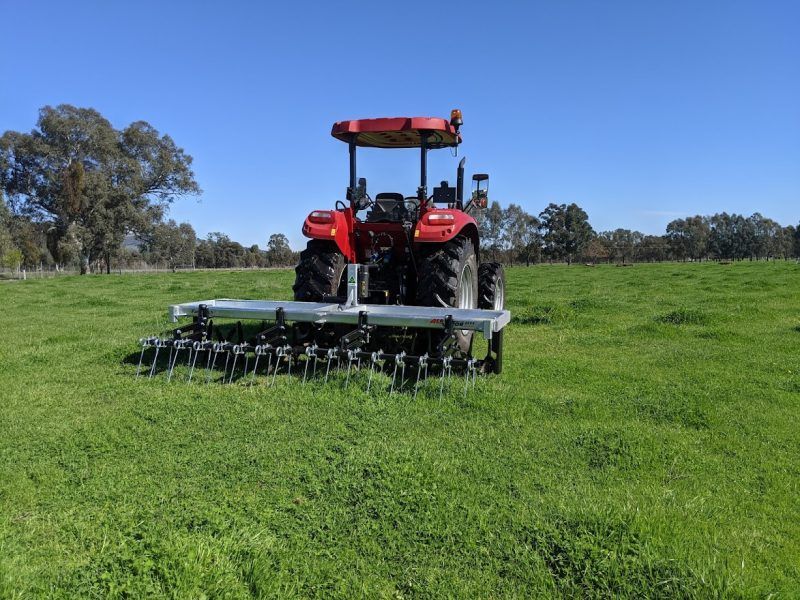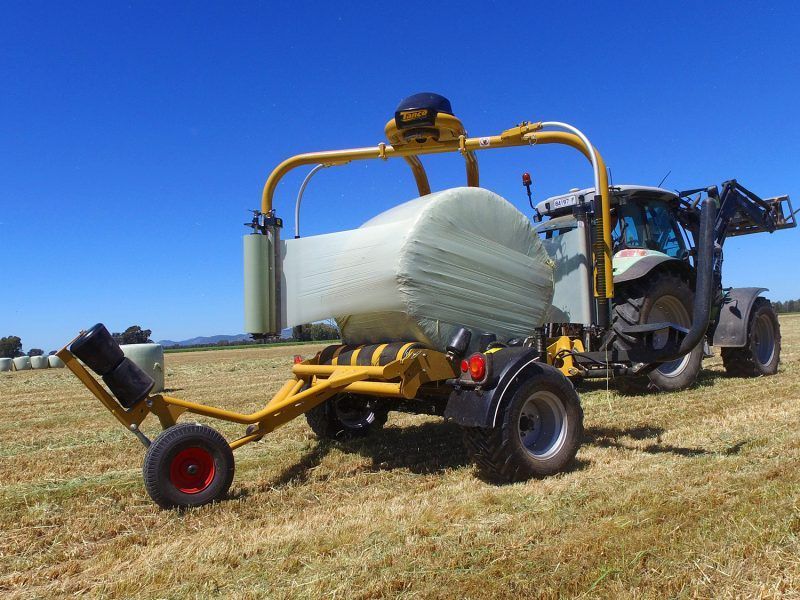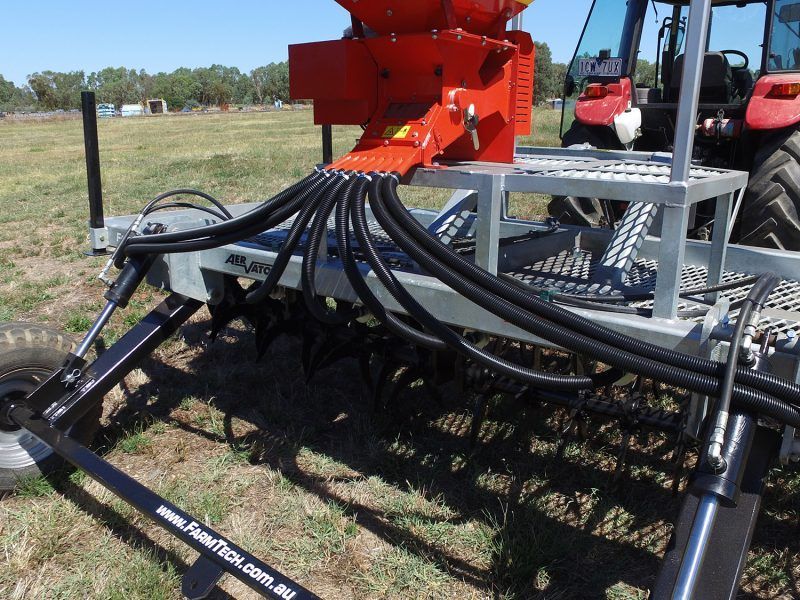How To Get High-Quality Silage In Five Easy Steps
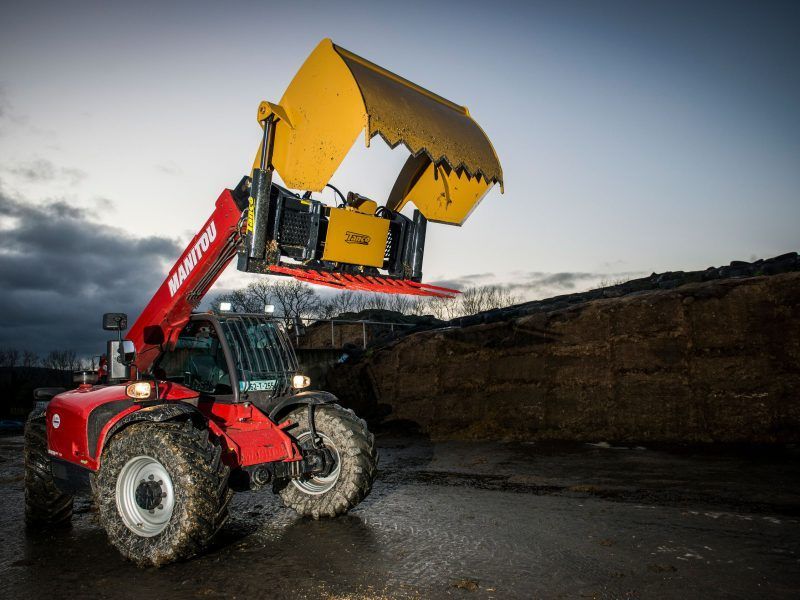
Making and feeding high-quality silage that has a low fibre level encourages your cattle to increase their feed intake, and ultimately gives better cow performance. To ensure you’re getting the most out of your pasture silage, we’ve highlighted five easy steps for making high-quality, temperature pasture silage:
1. Early pasture cutting
Start cutting your pasture early in the season. If you want maximum silage quality, cut your pastures when they are at the late vegetative stage. This is also the optimum stage of growth for grazing too.
The wilting rate of a mown pasture also has a big impact on silage quality. The time of day when you choose to cut your pasture impacts the wilting rate.
Consider the following when deciding on mowing time to aid rapid drying while avoiding overdrying:
- Mow after the dew has lifted
- Match moving and harvesting operations so that your mown material is not left unharvested for long periods of time.
- Reduce the wilting period for forages, like legumes and young, leafy plants
- Delay your mowing until mid to late afternoon to prevent any risk of overdrying the forage during hot and dry weather.
- Stagger mowing and narrow the swatch width if there is a risk of overdrying
2. Wilt and Harvest quick
If possible, keep your forage in the pit or bale within 48 hours. Wilt rapidly to the target dry matter to lessen any potential dry matter and quality loss.
Here are some ways to increase wilting rates:
- Mow corps at canopy closure
- use a mower conditioner with flail or rollers
- Follow the mower with a tedder to spread the forage. Ted within 2hours after moving.
- Leave the swatch of the conditioned forage as wide as possible
- Additives can improve fermentation if your wilting conditions are poor
3. Compacting stacks and bale
Make your compact stacks and bale as dense as possible. The better the compaction, the less air will be trapped in your stack or bale, offering a higher quality of silage.

Tanco Multi Shear (TC I75)
For bulk stacks we suggest:
- Chopping material shot, aim for 50-80 millimetres
- Spread your forage thinly, 150mm, to ensure a thorough compaction
- Roll slowly to allow the weight of your tractor to compact the forage
- When removing silage from the pit use a silage shear rather than a grapple to minimize oxygen exposure to the face of the pit.
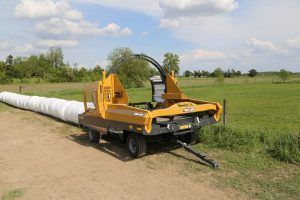
Tubeline TL70 Bale Wrapper
For baled silage:
- Set bale density as dense as possible on the baler
- Slower baling means an increase in bale density
- Chopping knives (chopped material) can also increase density by 8-15pc
- Ensure your feedout equipment can manage shorted chopped bale silage
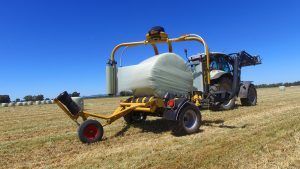
1400V Round Bale Wrapper
4. Airtight Sealing
As soon as you finish harvesting, seal your stacks as airtight as possible, ensuring they are sealed and not just covered.
Finish rolling immediately after harvest is done. Avoid rolling the next morning because this just pumps more oxygen into the stack.
Your rolling should also be able to keep up with forage delivery from the paddock.
For an airtight seal, we recommend you use gravel bags that are filled with pea gravel or wash sand along your bunker walls and stack surface. Also, apply at least four layers of film to the individually stretched wrapped bales. Apply six layers if you are placing on stiff stubble and on continuous in-line wrapped bales.
If you notice any white or grey mould in your silage, this means air is present. This should be prevented in the future.
5. Maintaining the quality
To maintain your silage quality, ensure you’re repairing holes as soon as possible.
Don’t use ordinary tape, there is specific silage repair tape available that comes in a similar colour to the hold plastic. This minimises the difference in contracting and expanding depending on the temperature conditions and also stops the seal from leaking.
Make the best hay and silage
HY-SI is a great management tool for farmers and contractors who want high-quality hay and silage. If you want to learn more about how HY-SI can help improve your silage, please don’t hesitate to contact Farmtech on (02) 8776 3354.
If you’re interested in any of our products or having any more questions regarding our other farming machines available, you can give us a call or email us at sales@farmtech.com.au



